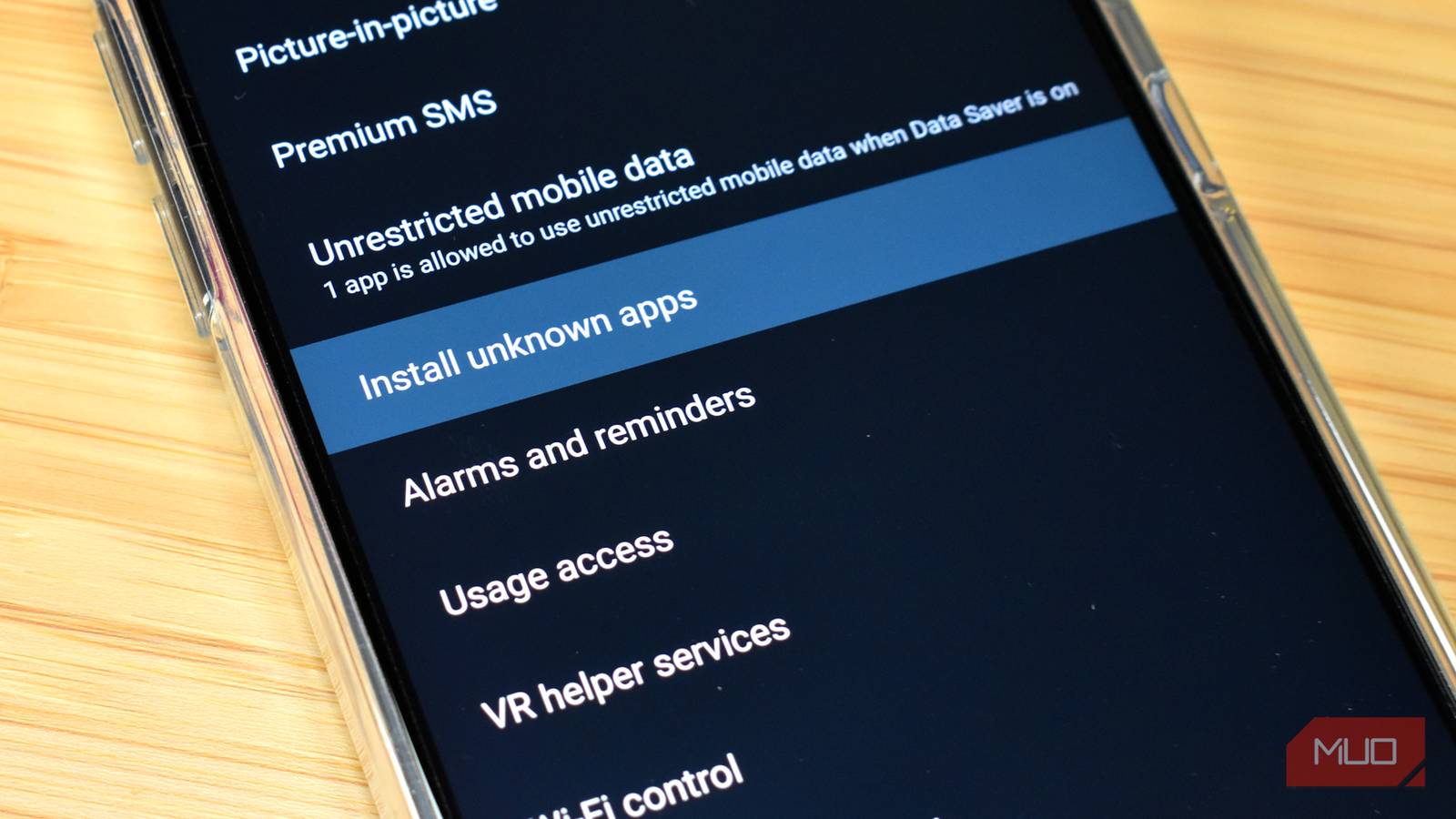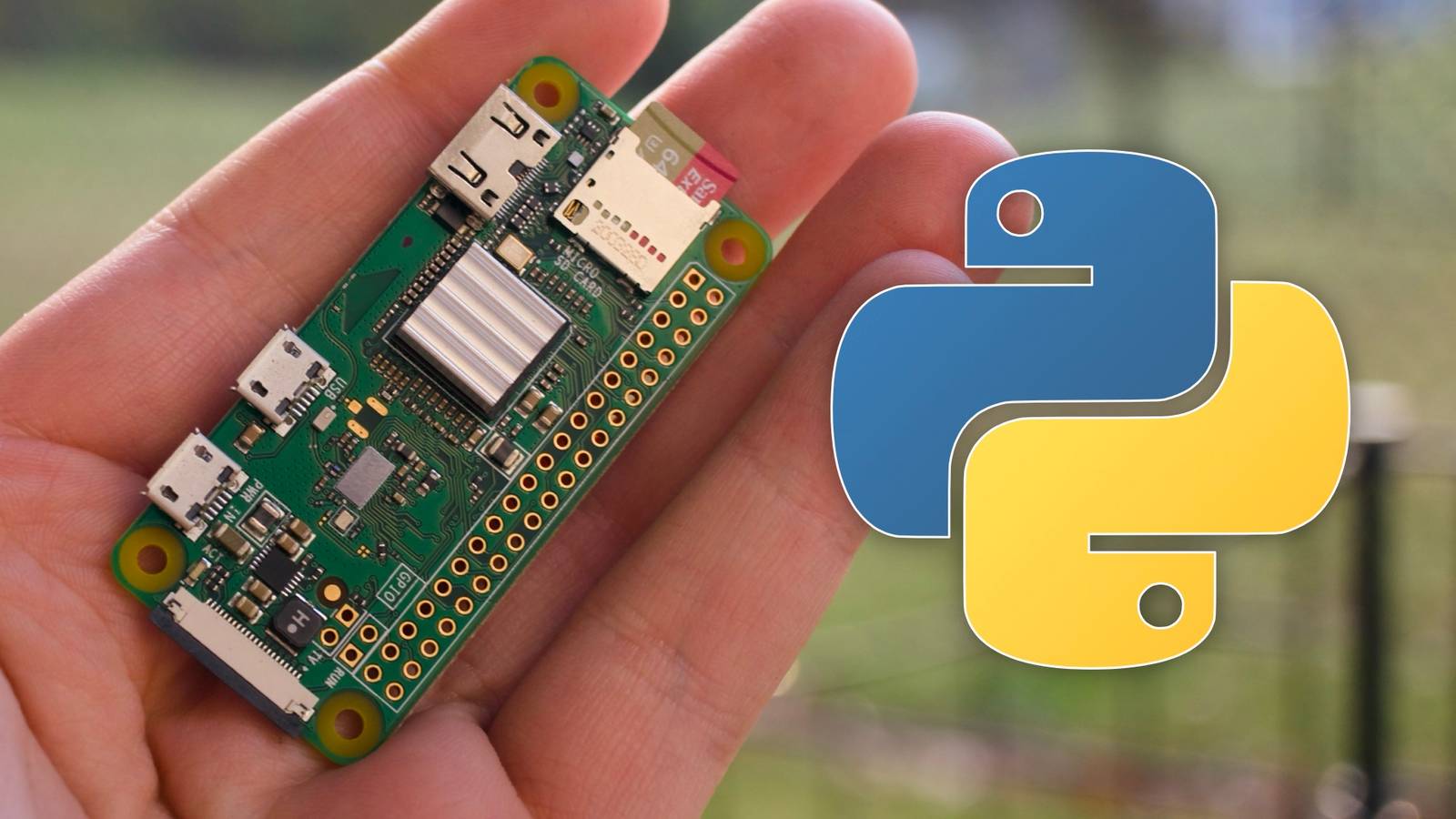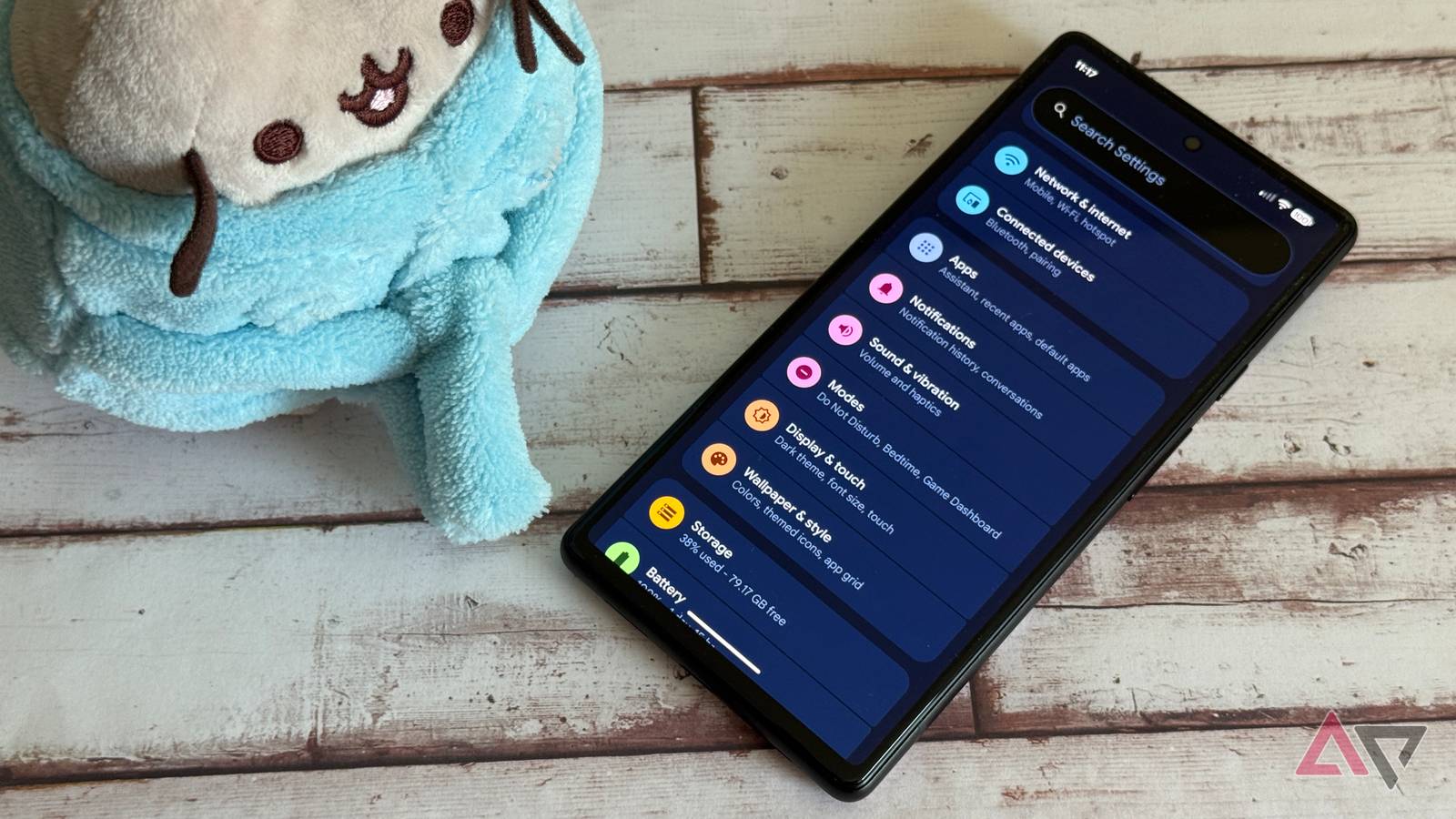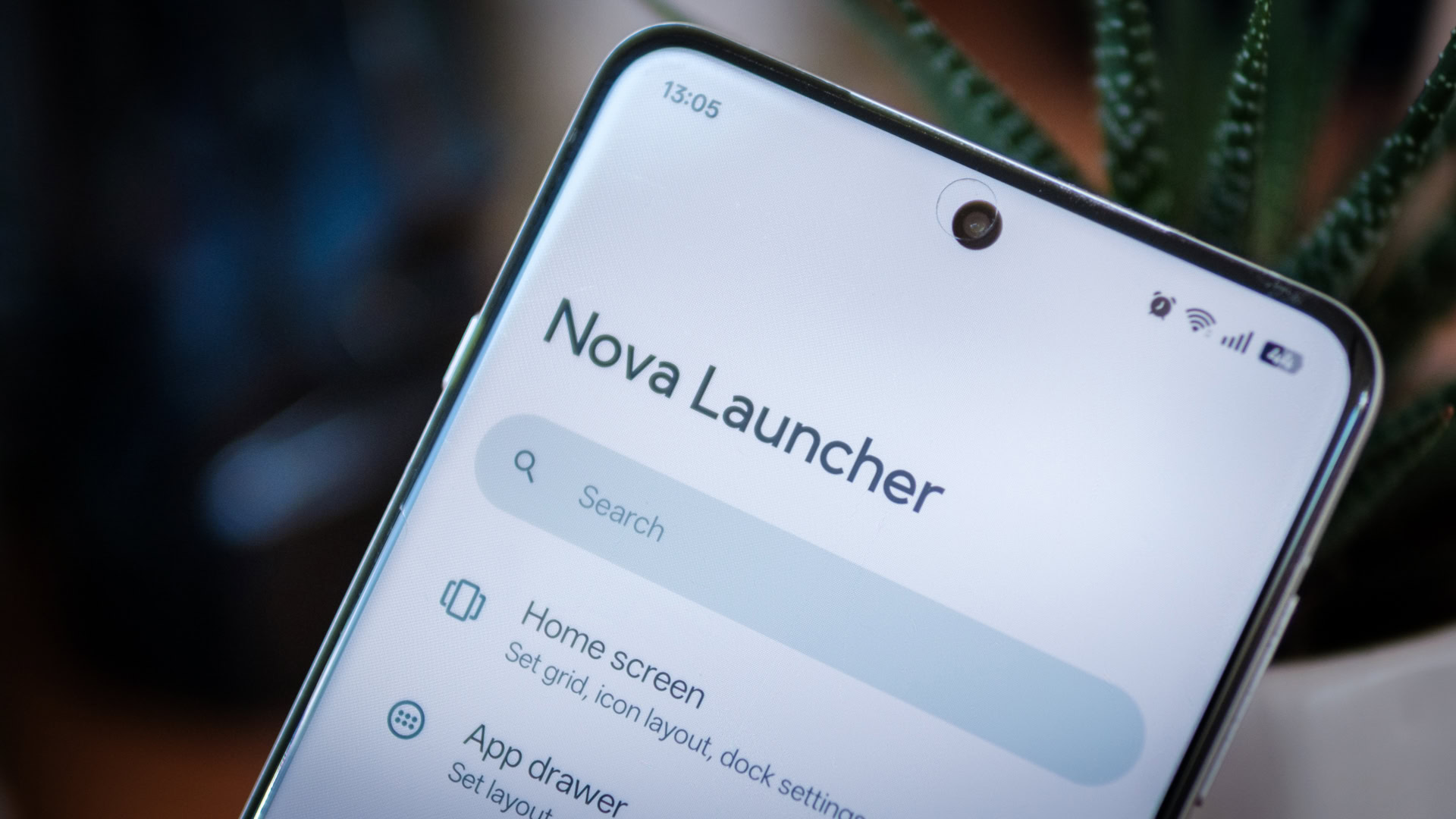I’m a big fan of open source, and that’s one of the reasons I’m drawn to Android. However, the new requirements for downloaded apps, which will begin rolling out in October 2025, could be the most anti-consumer move Google has ever taken. Mandatory enforcement of this requirement will begin in September 2026 (starting with certain countries), marking a turning point where the freedom to install any application comes with conditions set by Google.
I’ve been using apps like NewPipe (a media/YouTube client) and Blokada (an ad blocker) for years now. However, these apps are not available on the Google Play Store, so I have to get them from third-party sources, such as F-Droid. As Google tightens rules around downloaded apps, I worry about losing access to some of the apps I love most on Android because they aren’t verified. Side loading isn’t going away, but people may look for alternatives because they may feel like the doors are narrowing.
What Google actually changed
The rules, the timeline, and what “certified” really means
Google’s talk of “verified developers” seems harmless and, in some ways, useful. As shown on the Android Developer Blogit’s like “an airport identity check that confirms a traveler’s identity but is separate from the security screening of their baggage.” The Google analogy may be simplistic, however. When this is enforced, the only way a developer’s app can be installed on devices including Google Mobile Services (GMS) – which typically provide access to the Play Store – is through identity verification using government-issued documents or contact information. This will be deployed globally in 2027.
Applications will not be able to be installed on most consumer phones if their developer cannot perform this verification. However, some devices will not be affected, even if they represent only a tiny fraction of the total devices. These categories include all devices that fail Google’s certification test, mainly custom ROMs or de-Google phones.
Strictly speaking, Google is not removing sideloading, but it is redefining and limiting participation in the Android ecosystem by creating a mandatory choke point controlled by Google. While this may be a subtle change, it clearly moves an open source project from anyone being able to participate (including anonymous or pseudonymous distribution) to only those who Google allows participation (via centralized verification of the developer’s identity).
Security theater or real gain?
Testing Google’s justification
There is a rational justification for strengthening the rules regarding downloaded applications. This could be presented as protecting users from malicious apps or bad actors hiding under false identities. While this is reasonable, the real question is whether it adds meaningful security to everyday users.
This is a valid question because security controls already exist. Google Play Protect secures Android by scanning downloaded apps. Android flags unsafe installations and always gives us the choice to block apps from unknown sources. Even if these are imperfect, they are defenses that already exist.
Google’s new move almost feels like it’s based on the assumption that identity equals integrity. Does a verified government-issued ID mean security for users? This logic is flawed: historically, we’ve seen malware repeatedly slip into the Play Store, signed and “verified.” However, the new rule shifts the basis of trust away from existing security warnings on the device and your best judgment.
Critics might even argue that this new rule erodes your right to make informed decisions about your own devices, making it more like selective control. Ultimately, many people may view this as a way for Google to protect itself from criticism over uploaded malware and protect the integrity of its ecosystem.
There will be collateral damage
Ecosystems that depend on openness
This is perhaps the most significant anti-consumer measure, simply because of its profound impact. This could affect large developers or commercial apps, as well as entire ecosystems built around APKs distributed for free without verification. F-Droid hosts an incredible number of apps not available on the Play Store. Many of these tools exist because they see the need to operate outside of the long controlling arm of Google. This sideloading rule may make them unavailable on consumer devices, even if they are safe.
This is a risk that also affects independent developers and hobbyists. Some applications can no longer justify the trade-offs in time, effort, or privacy required for identity verification. Many one-off projects and apps aimed at niche communities can fall into this category. Ultimately, we could end up with a diminished ecosystem, and if that happens, it will hurt us all.
However, innovation might be the biggest casualty of all this. Android is great because of its flexibility. It’s an ecosystem for everyone. Imposing a single, centralized gatekeeper will stifle grassroots innovation because not everyone will be willing or able to contribute, which will invariably impact the pace and extent of innovation we see on Android.
The new reality for Android users
Even though Google says the new rules for sideloading apps are intended to keep users safe and secure, they will likely feel limiting to many Android users, not to mention removing the sense of autonomy from our devices. Of course, sideloading will still be possible, but it creates friction for people who use or create apps that aren’t officially available on the Play Store. The fear is that this is the beginning of the end for independent developers, hobbyists and niche app communities.
Of course, there are workarounds: using uncertified devices, backing up APKs, or exploring alternative app stores. Unfortunately, the tradeoffs for each workaround can range from technical complexity to potential security risks. You should be careful when loading apps on Android. However, one thing is clear: Android’s opening is closing. What we don’t know is whether this will ever become a completely closed ecosystem.










